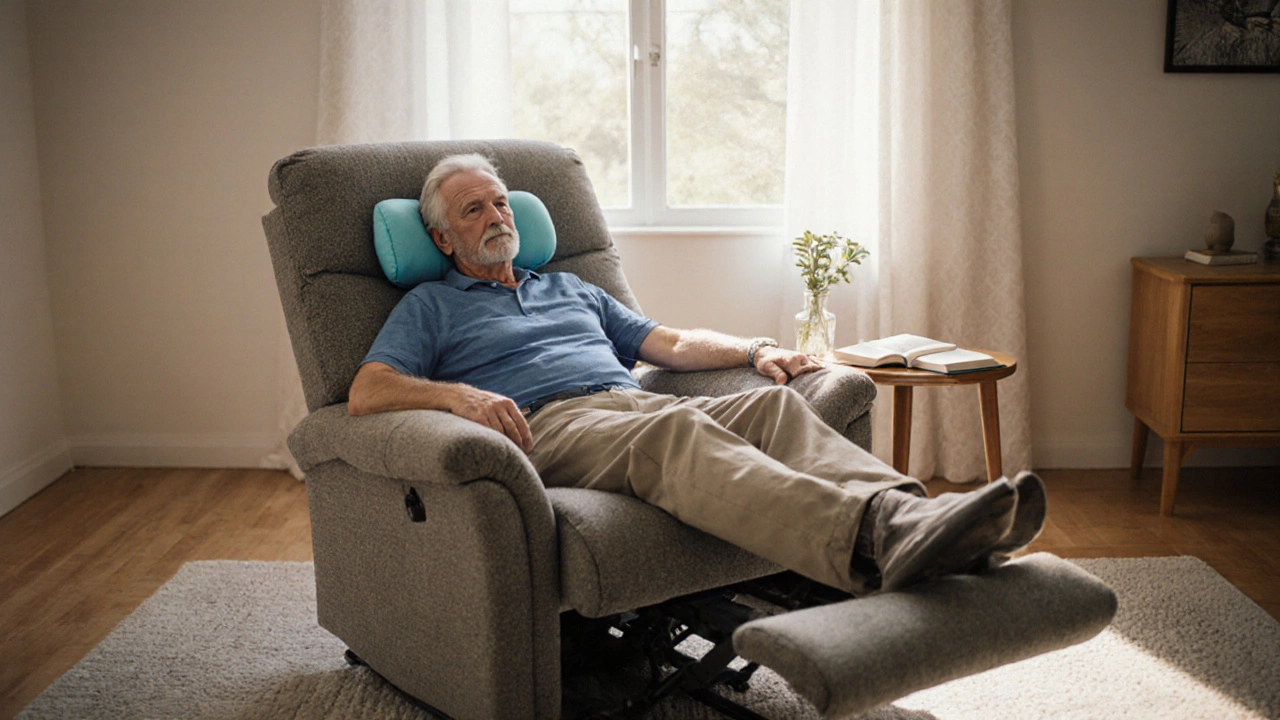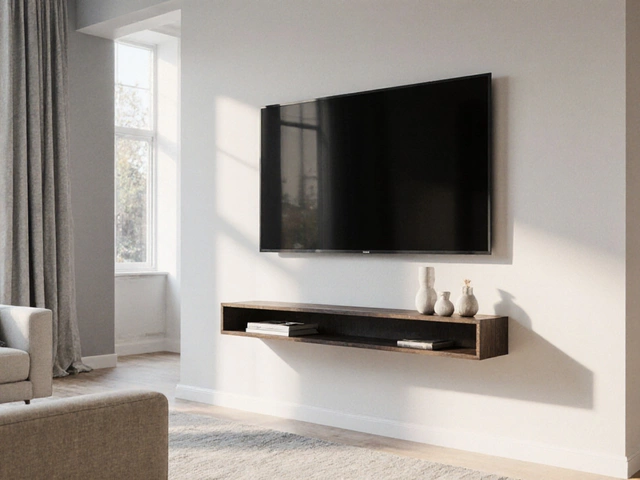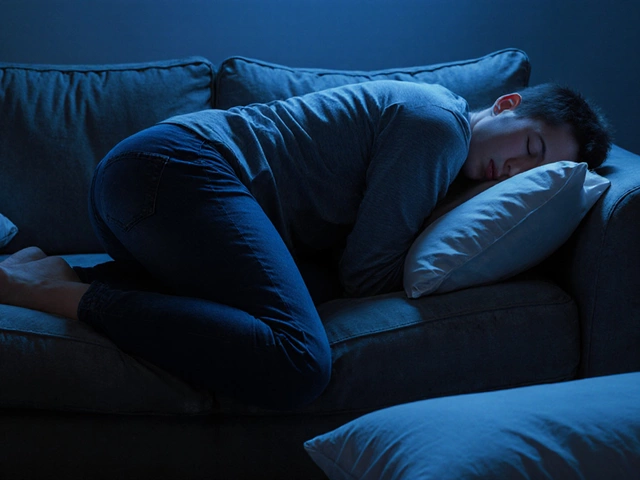Chiropractor Recommended Recliner: What Makes a Recliner Actually Good for Your Back
A chiropractor recommended recliner, a chair designed with spinal support, proper lumbar alignment, and adjustable positioning to reduce strain on the back and hips. Also known as an ergonomic recliner, it’s not just about leaning back—it’s about staying in a position that lets your spine rest naturally, not collapse. Most people think any recliner will do, but if you’re sitting in one that slopes too far back or lacks support under your lower back, you’re not relaxing—you’re setting yourself up for pain later. Chiropractors see this every day: patients who thought they were doing the right thing by reclining, only to wake up with stiff hips, tight hamstrings, or numb legs.
The real difference between a regular recliner and one that’s chiropractor recommended, a chair designed with spinal support, proper lumbar alignment, and adjustable positioning to reduce strain on the back and hips comes down to three things: angle, support, and movement. A good one lets you sit at a 110- to 120-degree angle—not flat, not upright. That’s the sweet spot where your spine stays in its natural curve. It also has firm, contoured lumbar support that fills the gap between your lower back and the chair. And it should allow you to shift positions easily. If you’re stuck in one position for hours, your muscles stiffen, blood flow slows, and your joints get pressured. That’s why many chiropractors warn against zero-gravity recliners that lift your legs above your heart without supporting your spine properly.
It’s not just about the chair itself—it’s about how you use it. Sitting in a recliner for long periods without moving is just as bad as sitting in a stiff office chair. The best ergonomic recliner, a chair designed with spinal support, proper lumbar alignment, and adjustable positioning to reduce strain on the back and hips gives you the freedom to adjust, shift, and even stand up without feeling like you’re climbing out of a hole. Look for models with adjustable headrests, armrests, and footrests that let you customize the fit. And avoid ones that make you sink in too deep—your hips should be slightly higher than your knees, not tucked under.
If you’ve been told to avoid sitting in recliners because they hurt your back, you might just be sitting in the wrong one. The right chiropractor recommended recliner doesn’t cause stiffness—it prevents it. It helps with circulation, reduces pressure on your discs, and gives your muscles a chance to recover. The posts below cover exactly what to look for, what to avoid, and how to use your recliner so it actually helps, not hurts. You’ll find real advice on posture, circulation, and what features make a difference after years of use—not marketing buzzwords. Whether you’re dealing with daily aches or just want to sit better, this collection gives you the facts you need to choose wisely.





